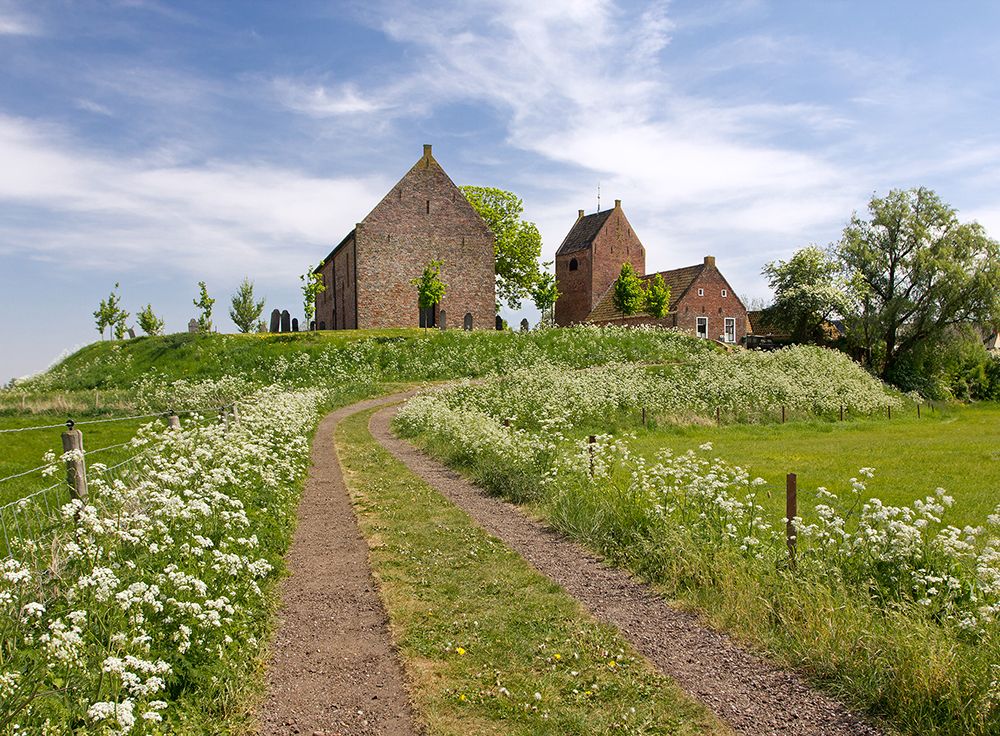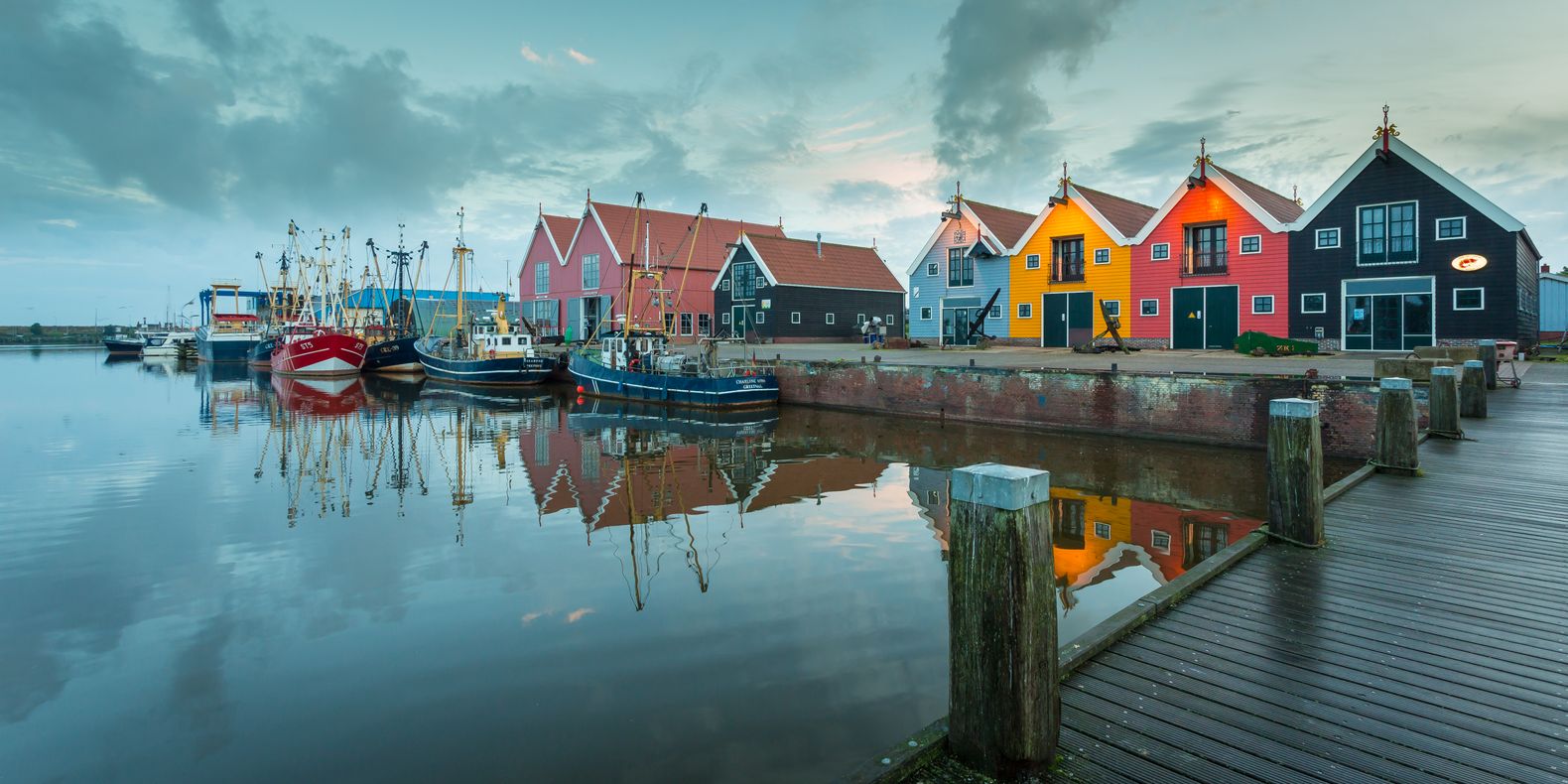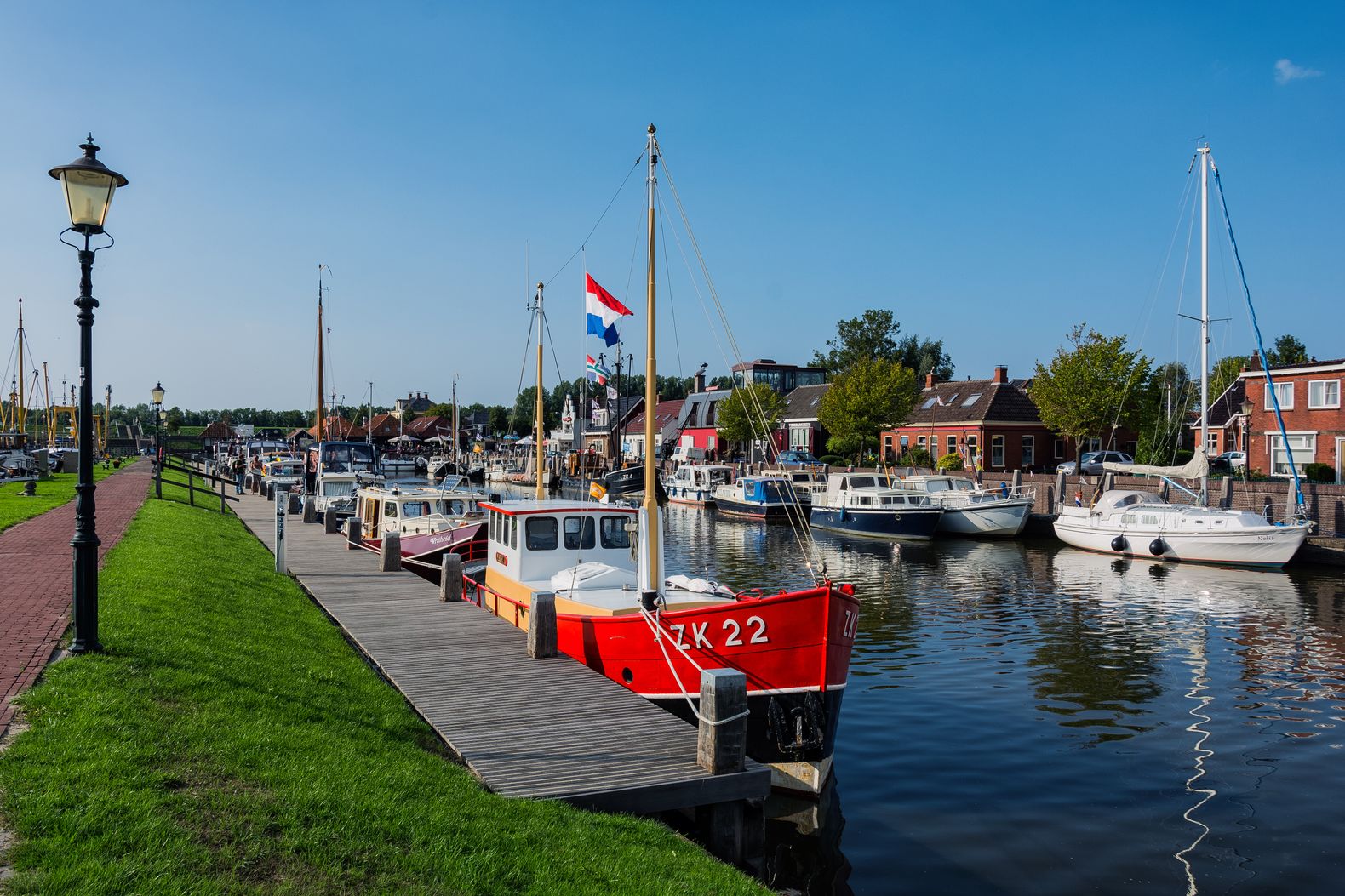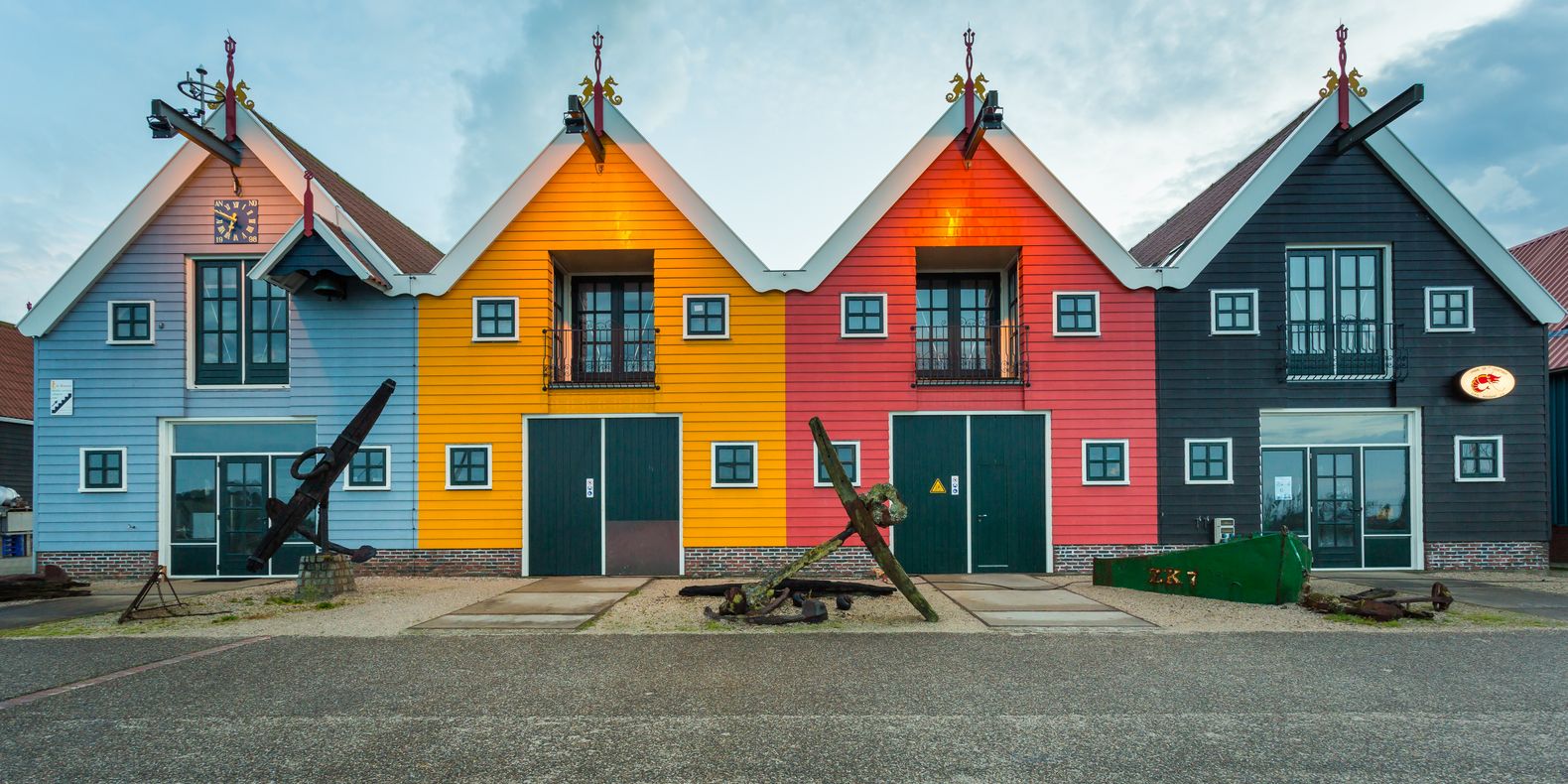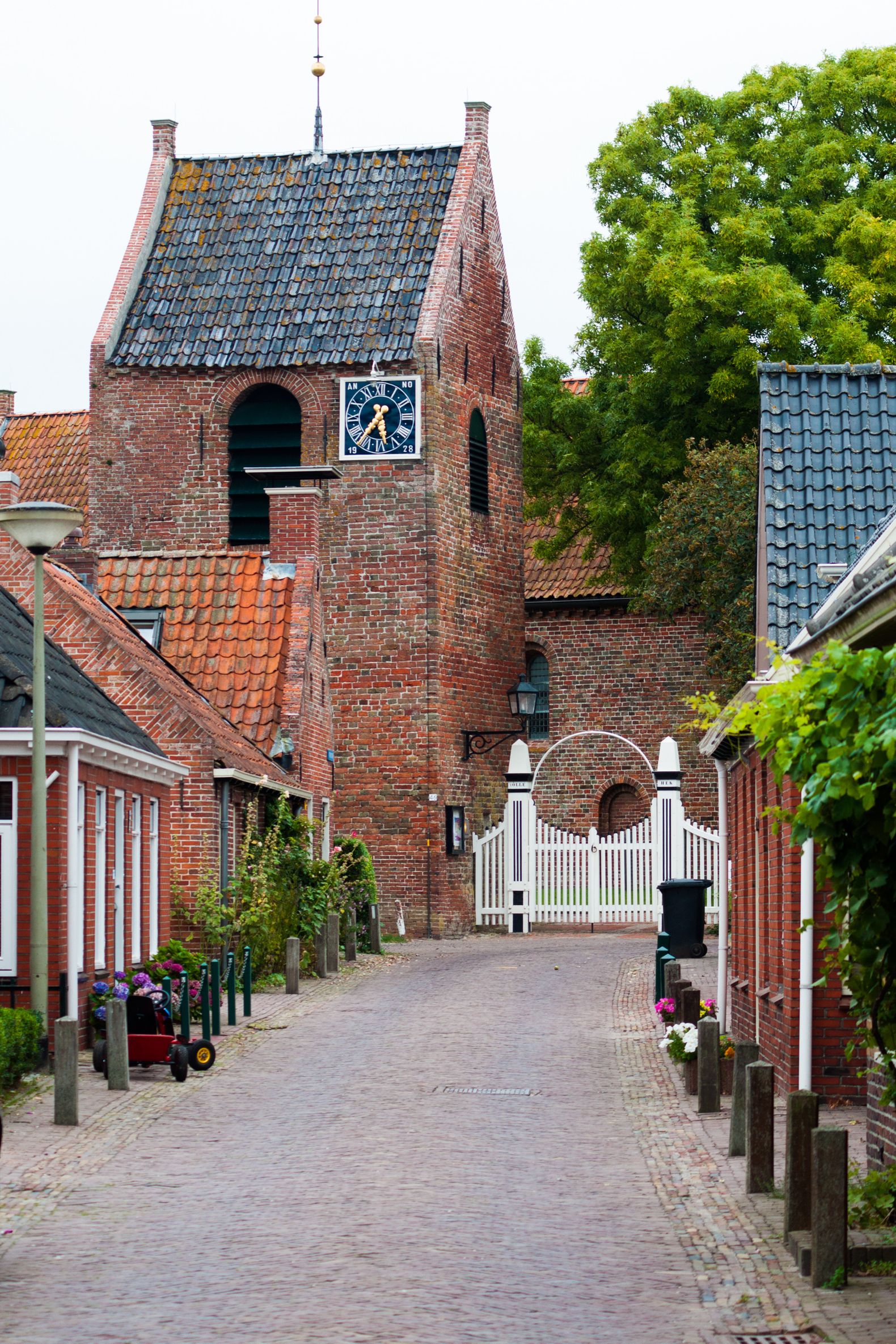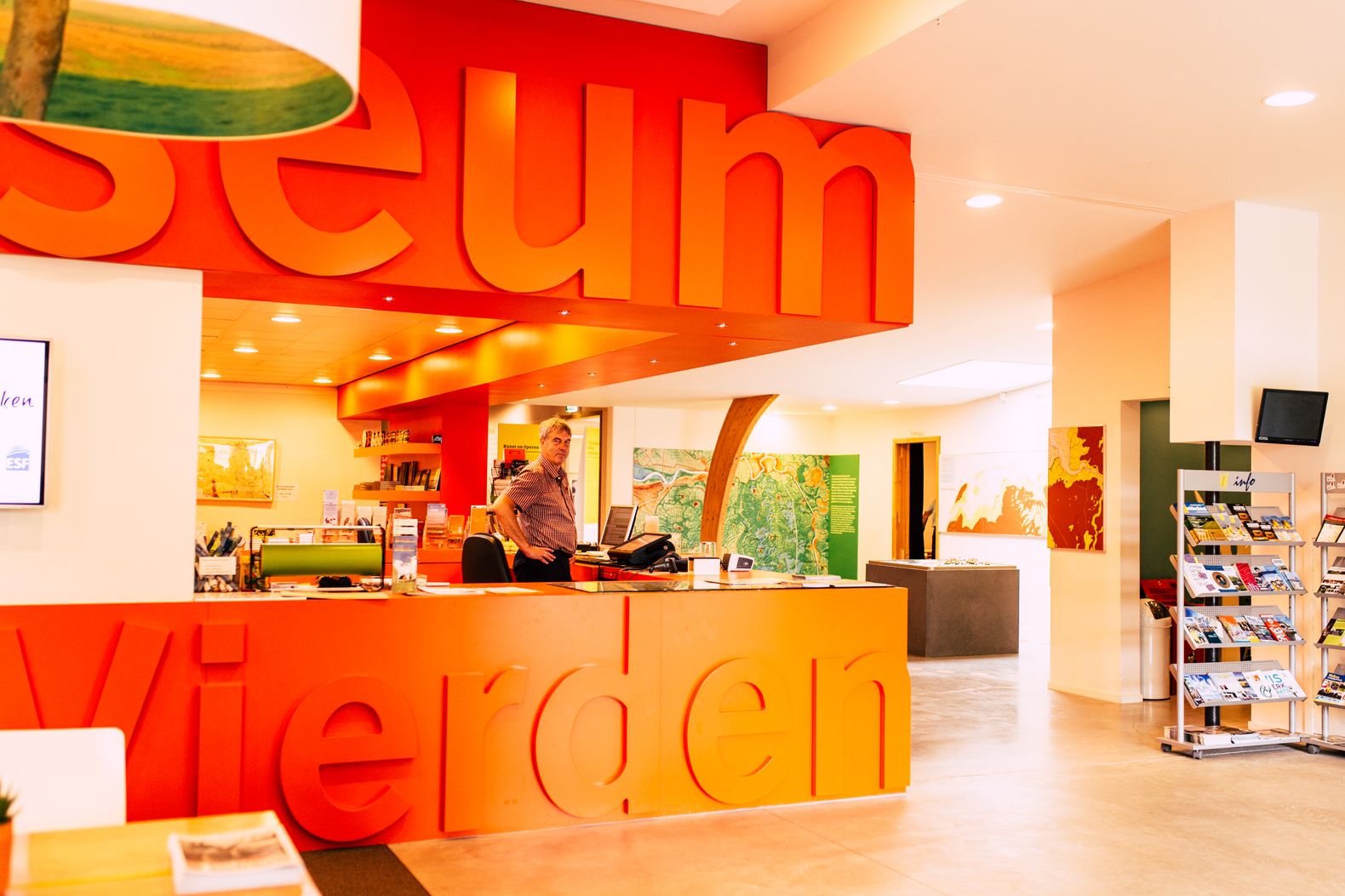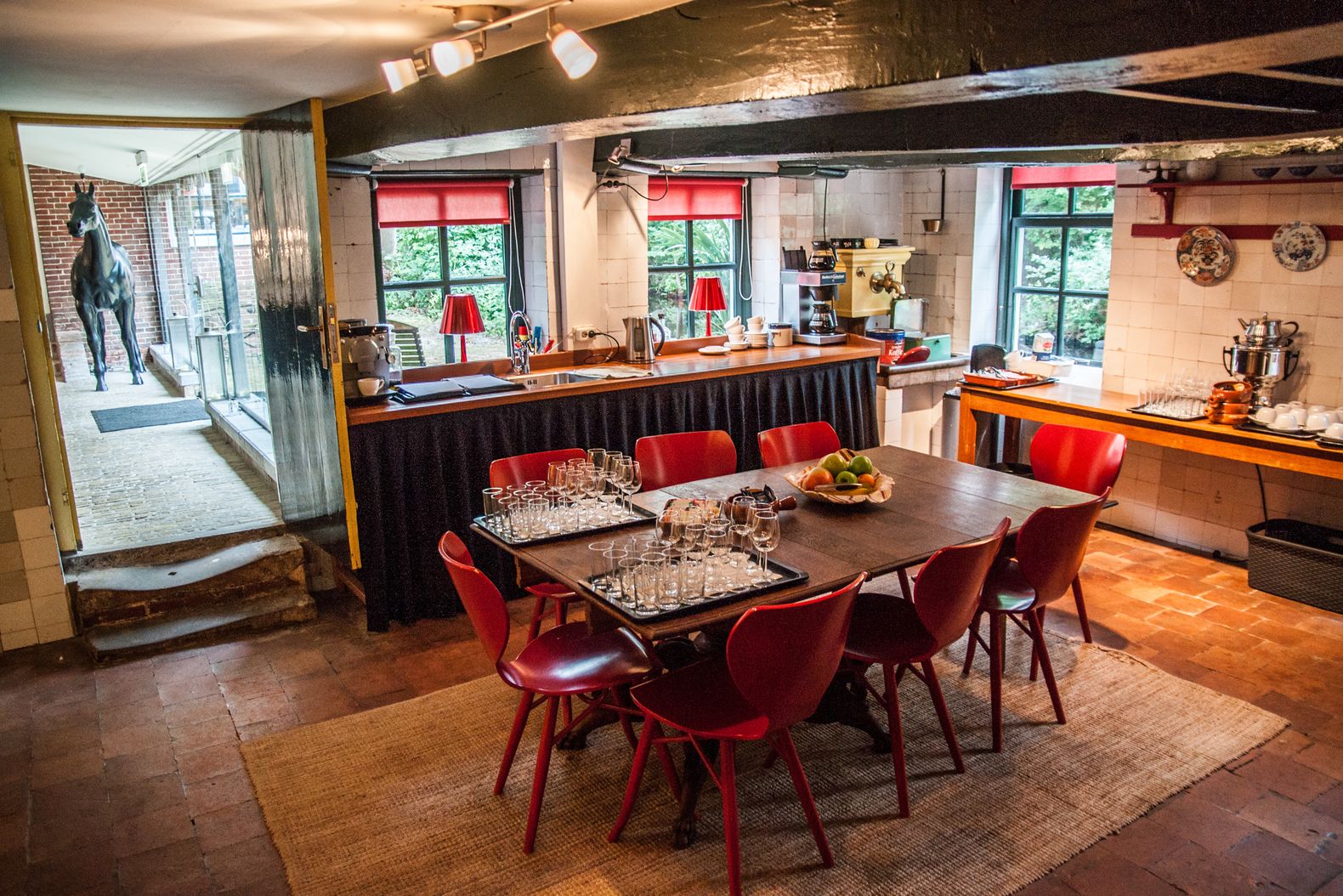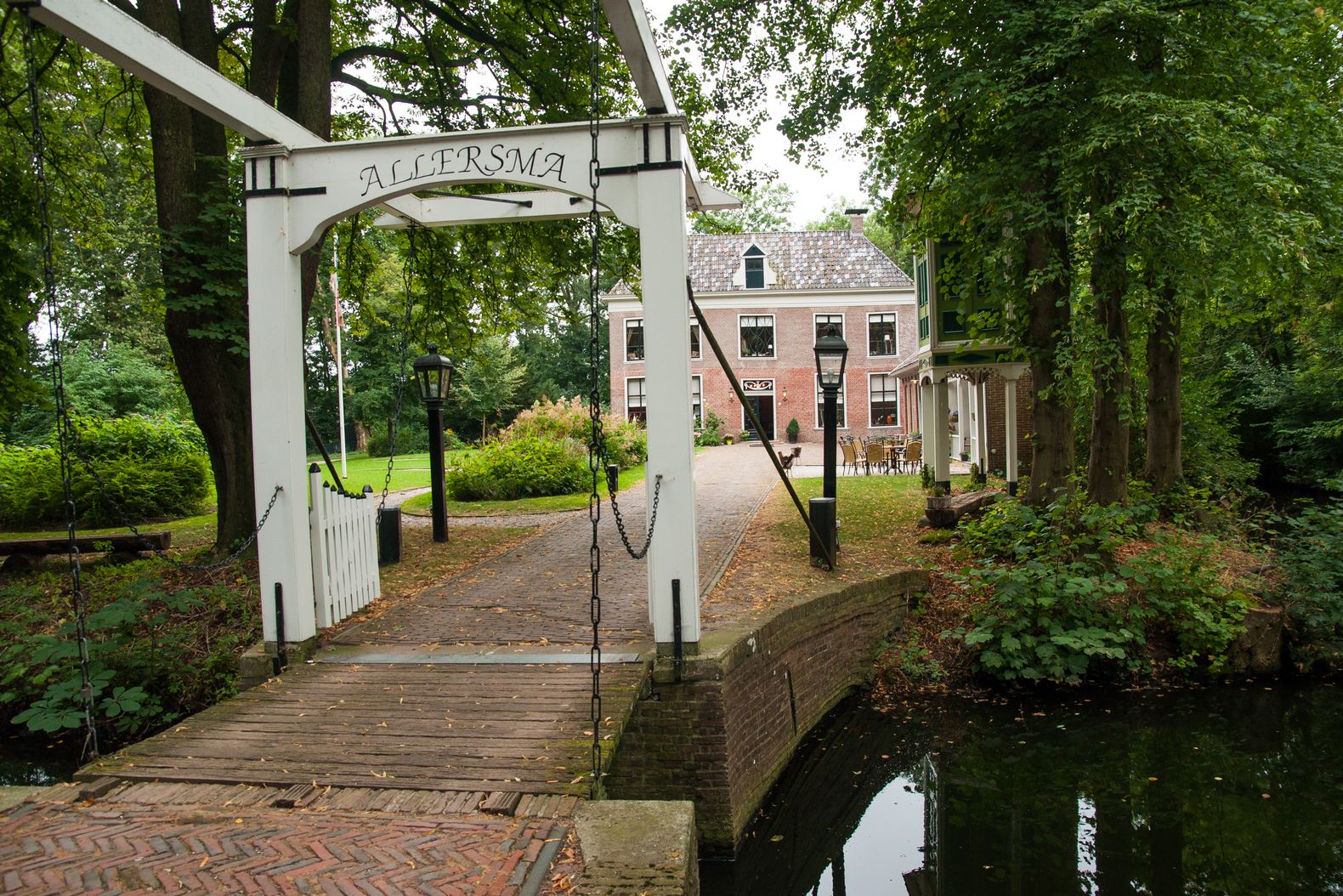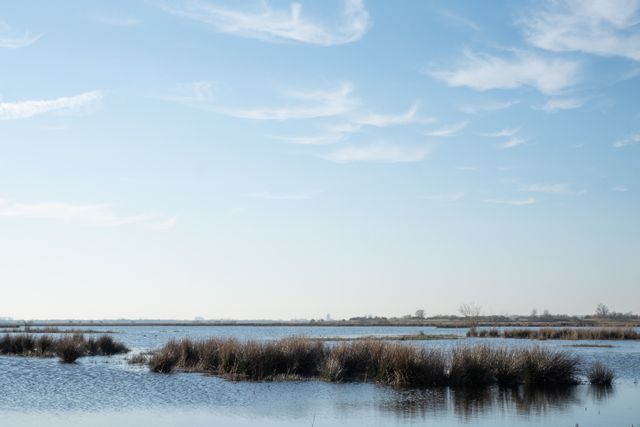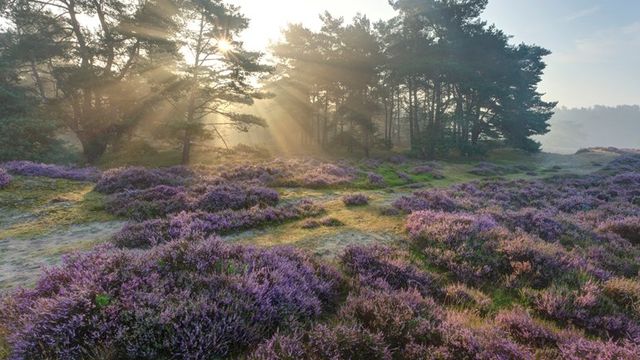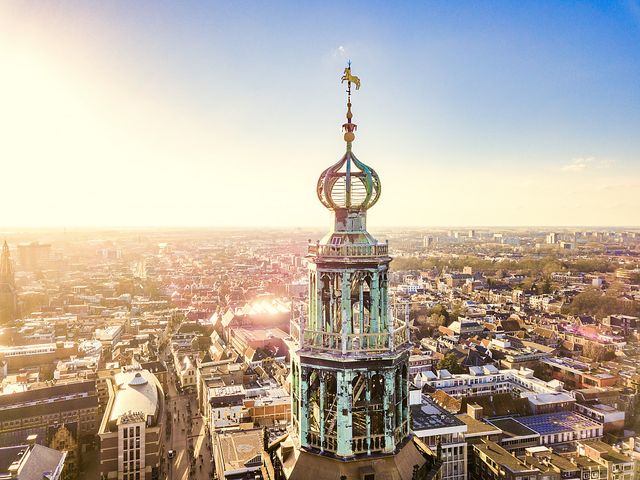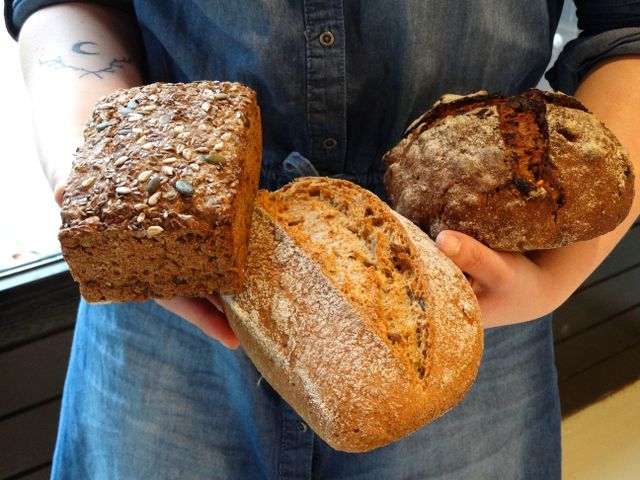Cycling through the ancient Wierdenland
“ 'Further to the north, you will find the Reitdiep meandering through the Groningen countryside as it used to.' ”
Would you call this a river, or a canal? Well, the Reitdiep is really a bit of both. To complicate matters even more, it actually constitutes the old Hunze, which in turn is the upper course of the Drentse Aa river. The first inhabitants settled in the Hunze valley a long time before the Common Era. The waterway later functioned as a main lifeline for the city for many years. Boats sailed out to sea from here and the Hunze was straightened to keep the lifeline navigable. The river was transformed into a canal, which is particularly prominent between the city and Garnwerd. Further to the north, you will find the Reitdiep meandering through the Groningen countryside as it used to.

Zoutkamp: the place for fish
Centuries ago salt was extracted near Zoutkamp – not from the sea, but instead from the salty peat outside the dyke. ‘Soltcampum’ (Salt camp) was first mentioned in 1418. For an extended period of time, this was a lively fishing village featuring a bulwark strategically located by the Lauwerszee. Whoever controlled Zoutkamp controlled the city of Groningen. It was a place of considerable importance during the Eighty Years’ War when the city was pro-Spanish for a while. Zoutkamp had a fishing port until 1960, when it was closed off from the Lauwerszee. It still exudes the atmosphere of an old-fashioned fishing village though, and it is a perfect place to enjoy some delicious fresh fish. You can also visit the Rijksbetonningsloods by the old inland harbour to learn more about Zoutkamp in the Visserijmuseum fishing museum.
The iconic Ezinge Wierde
The word ‘wierde’ (artificial dwelling hill) evokes the name of the village of Ezinge for many. This may come as no surprise, because it actually is an icon. Archaeologist A.E. van Giffen found evidence that this area has been inhabited for centuries. If you take a closer look at this wierde; it looks as if someone took a bite from it. This is because before the war, many artificial dwelling hills were levelled to sell the fertile land. We now consider it to be a shame, but in those days people thought in terms of money. On the outskirts of the dwelling hill is a Romanesque hall church and a free-standing tower. It was not uncommon in Groningen to build free-standing towers. They had a strategic function in times of need, when the master would be at the estate house and the tower kept the villagers safe. The Museum Wierdenland in Ezinge is the proper place to learn more about artificial dwelling hills. If you would like a drink or something to eat, there is the nostalgic café-restaurant De Brug, a low-key venue.
Allersma: the Groningen estate house of Duurt
When entering from the village of Ezinge or Aduarderzijl, it’s easy to miss the Allersmaborg. In 1489, one Duurt Allersma lived in this charming location with sheltering tree belts, an orchard and a moat with drawbridge. His assumed function was to guard the sluice at the Reitdiep. The back of the house is the oldest part. When visiting the estate house, there is no way you can miss the huge dovecote. Doves that land here must feel like royalty. This actually is a copy of the dovecote Duurt Elama – a descendant of the Duurt above – had built around 1650. Annie Vriezen, the last estate house resident, was the key figure of an artist colony that lived, worked and exhibited here. Famous artists loved to visit, which becomes perfectly clear when you stroll around the grounds, which cannot fail to inspire. If you decide to visit, take a walk around the moat or pick an apple from the orchard in autumn.
From 1 April until the final day of the autumn half-term holiday, the Reitdiepveer ferry takes hikers and cyclists from Schaphalsterzijl to Aduarderzijl and vice versa. Refer to their website for the timetable.

